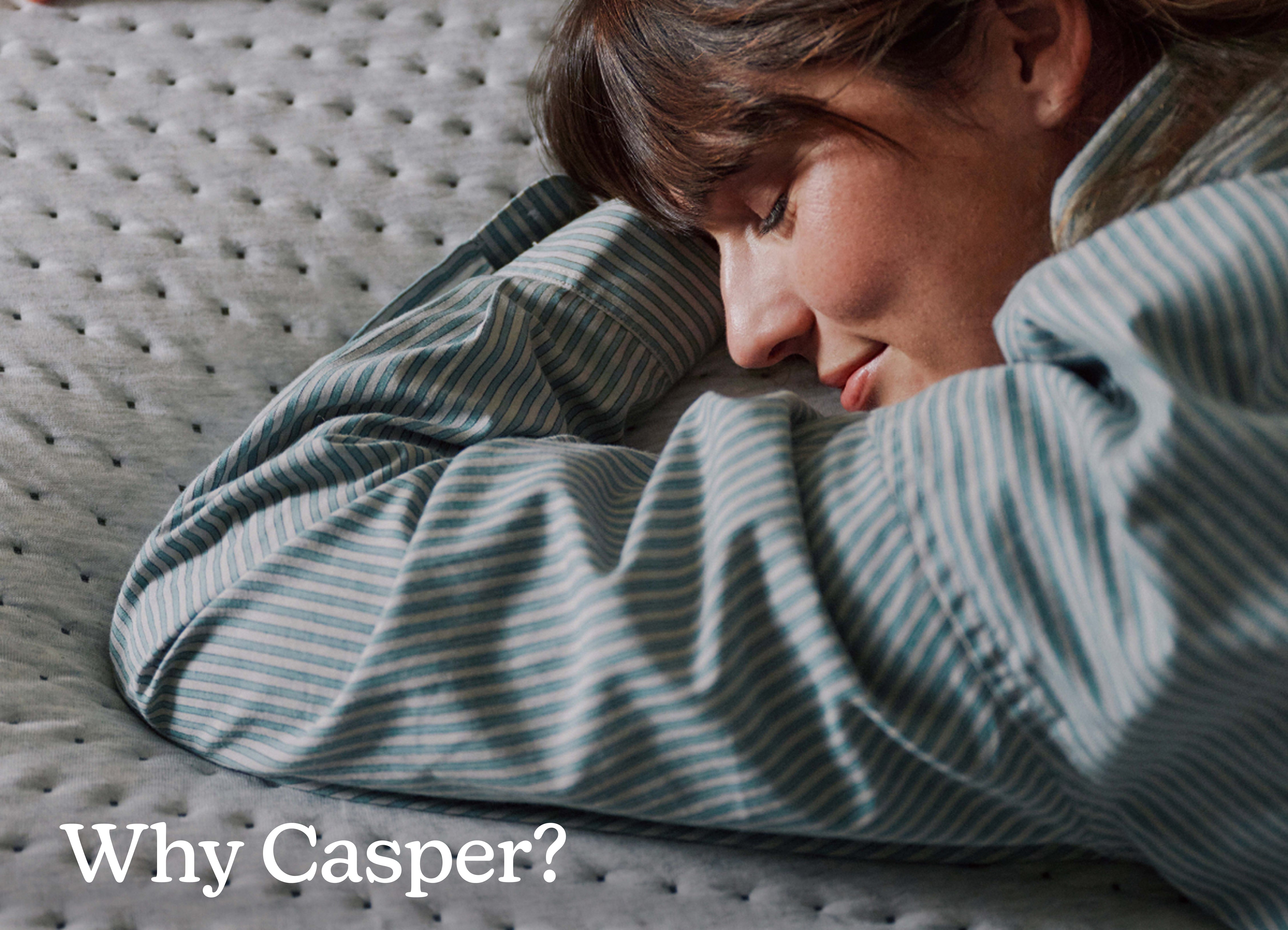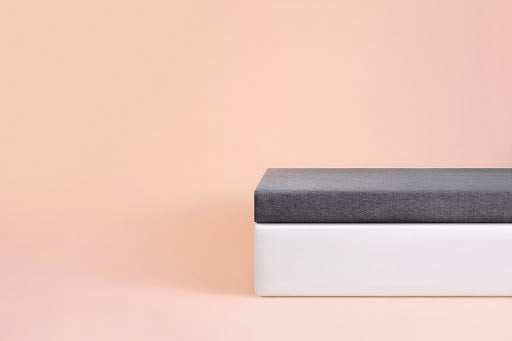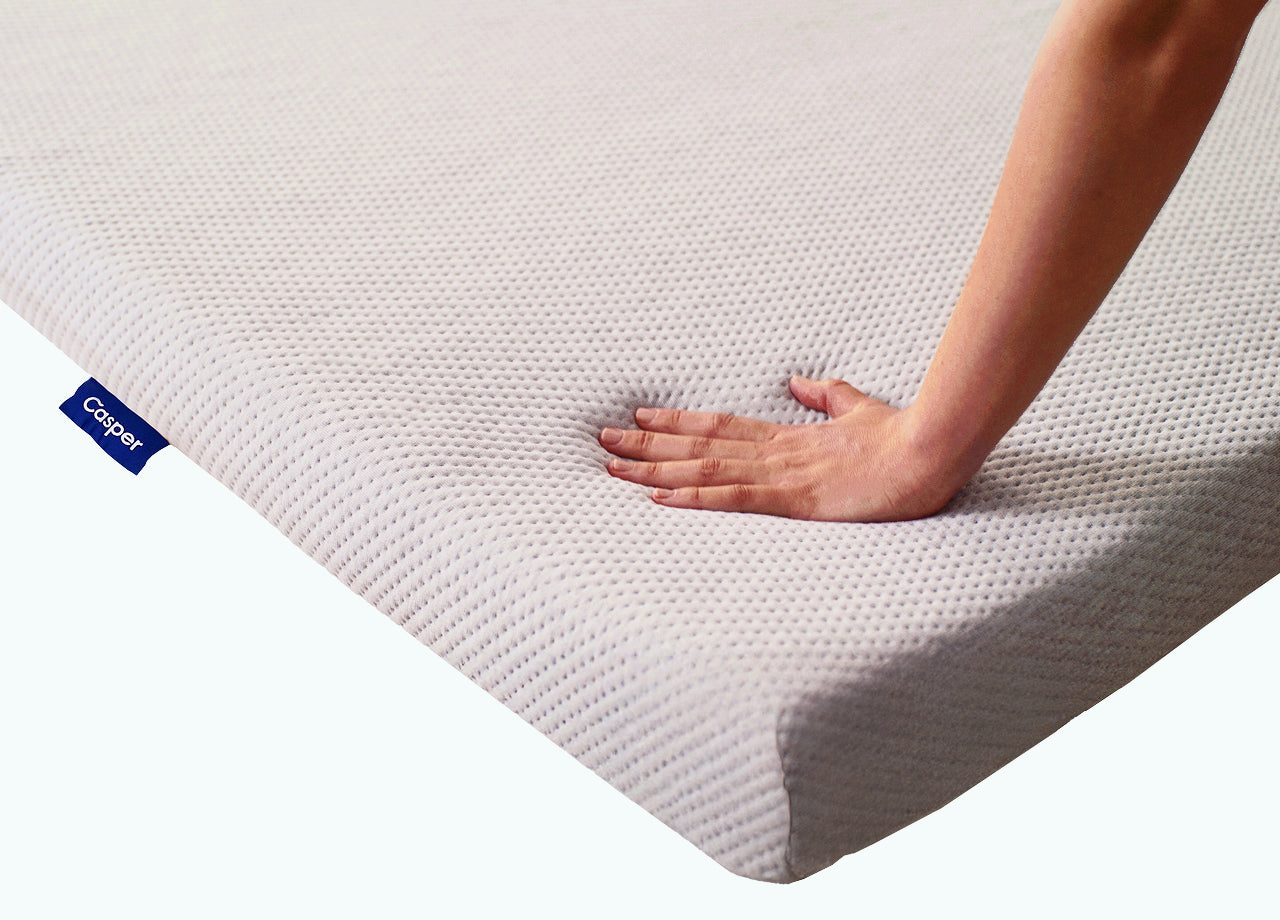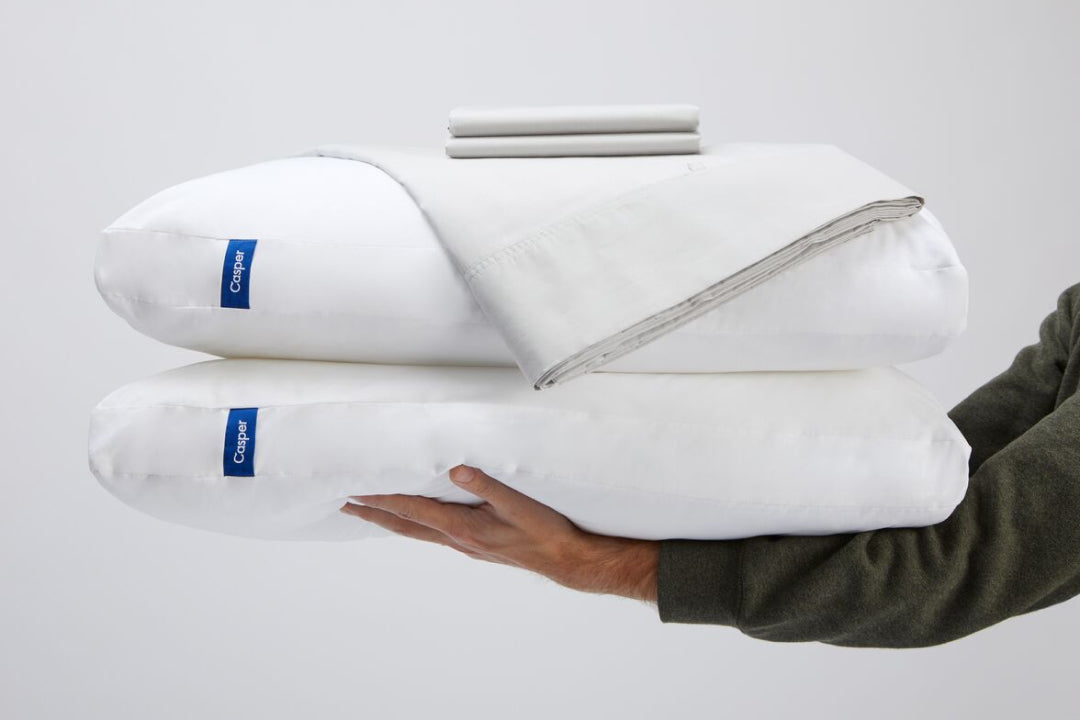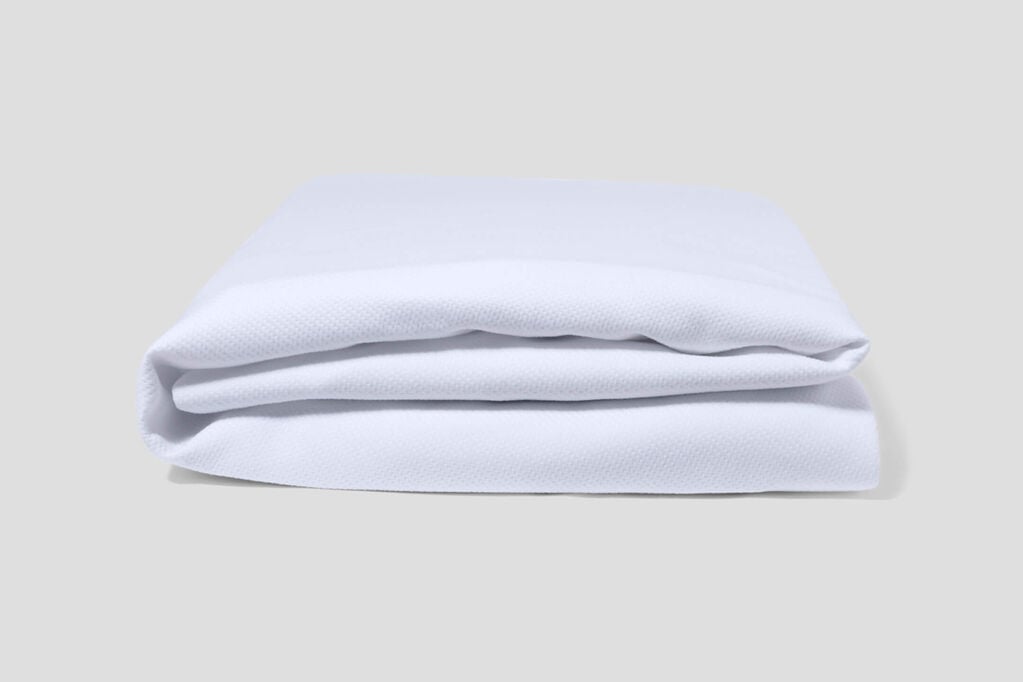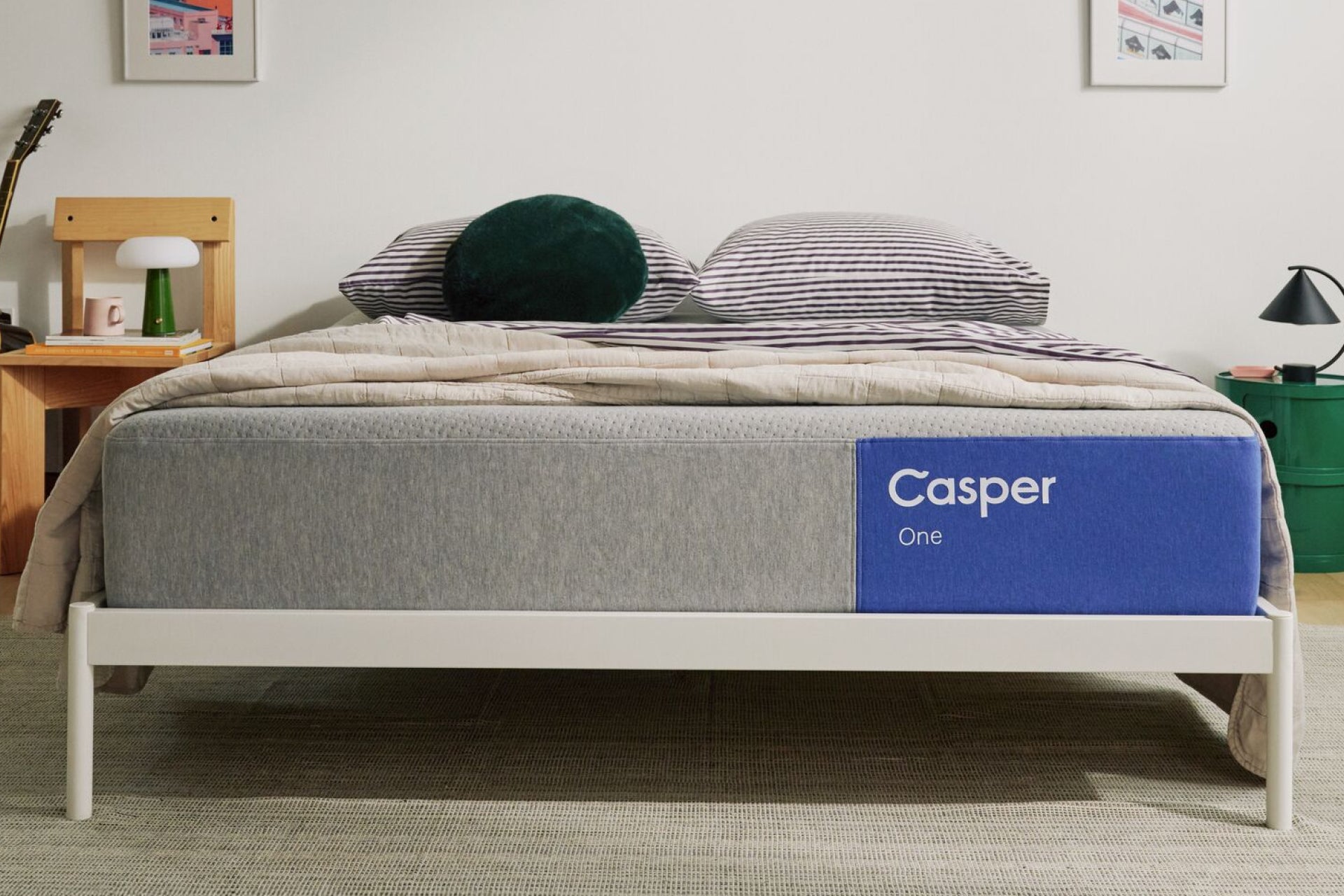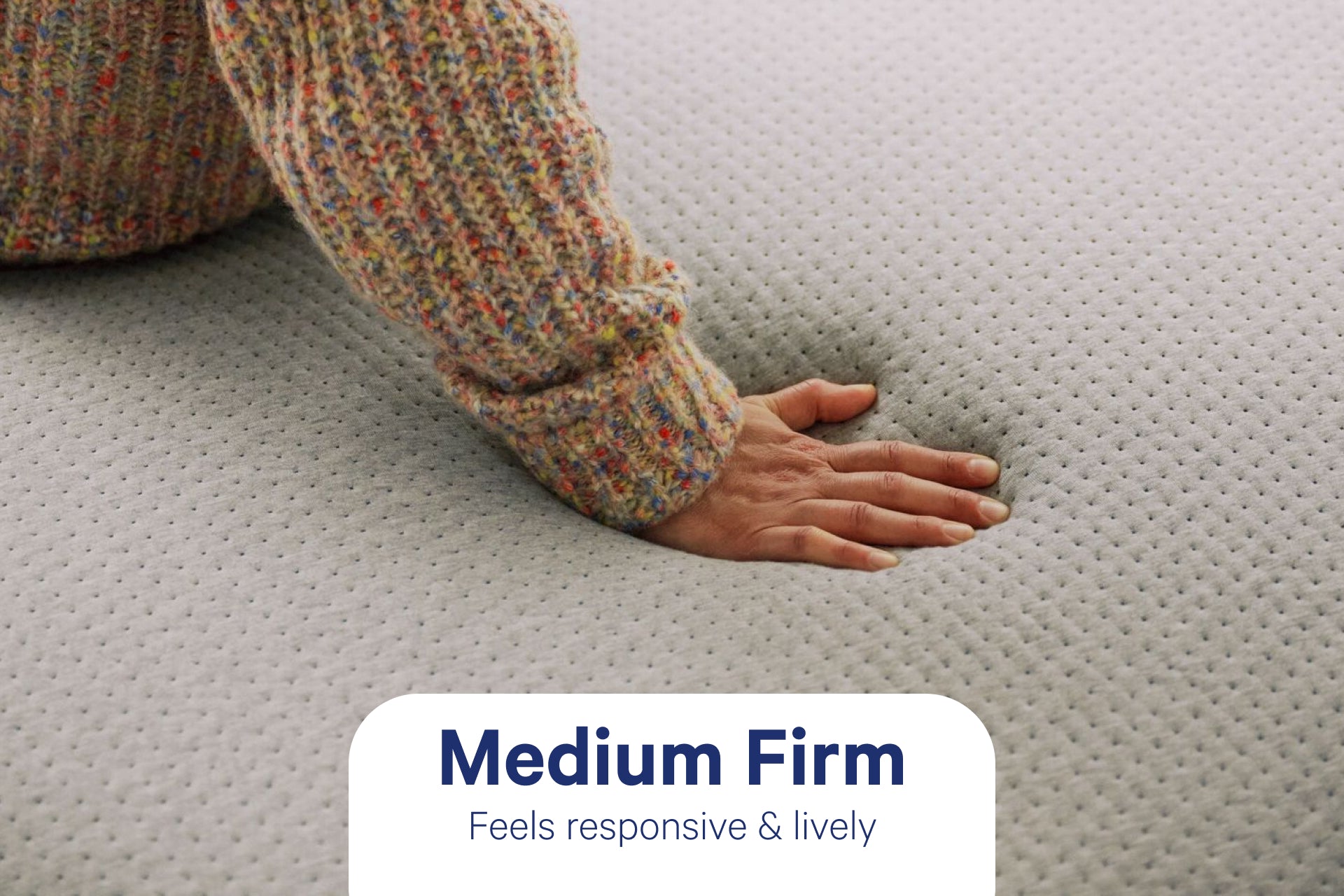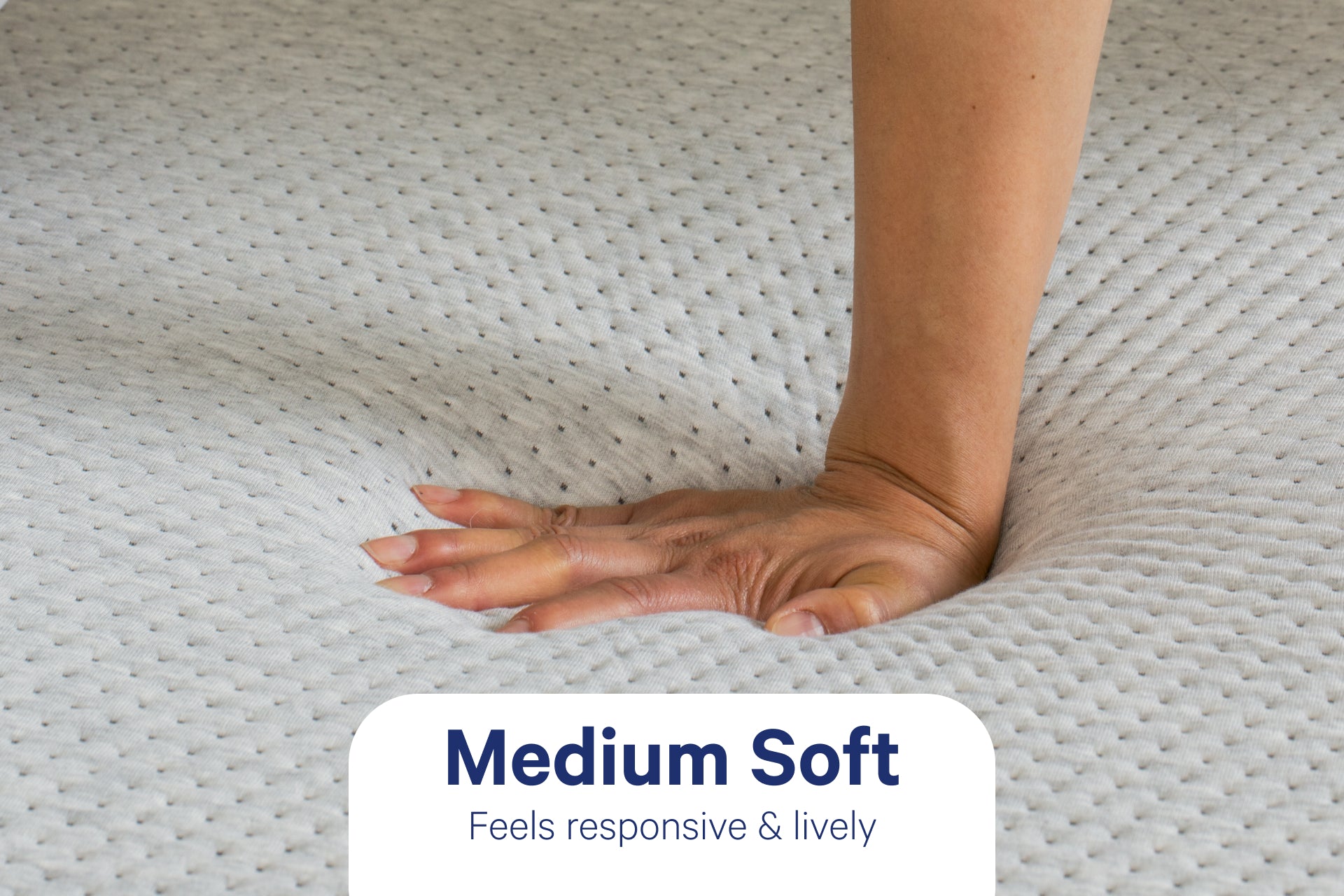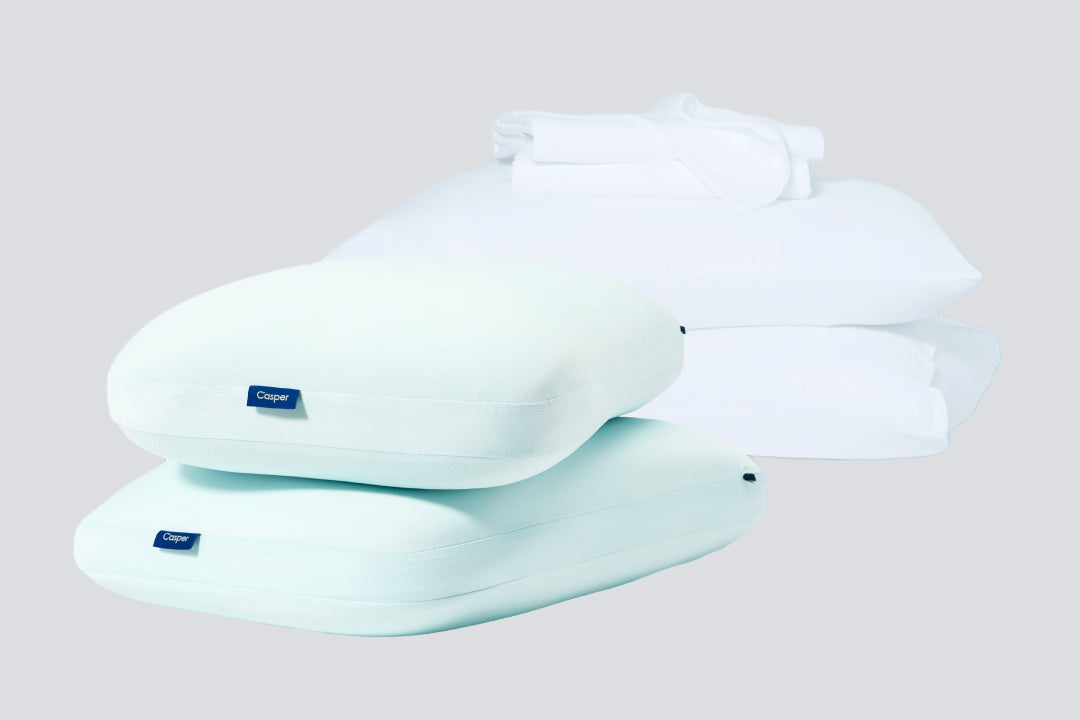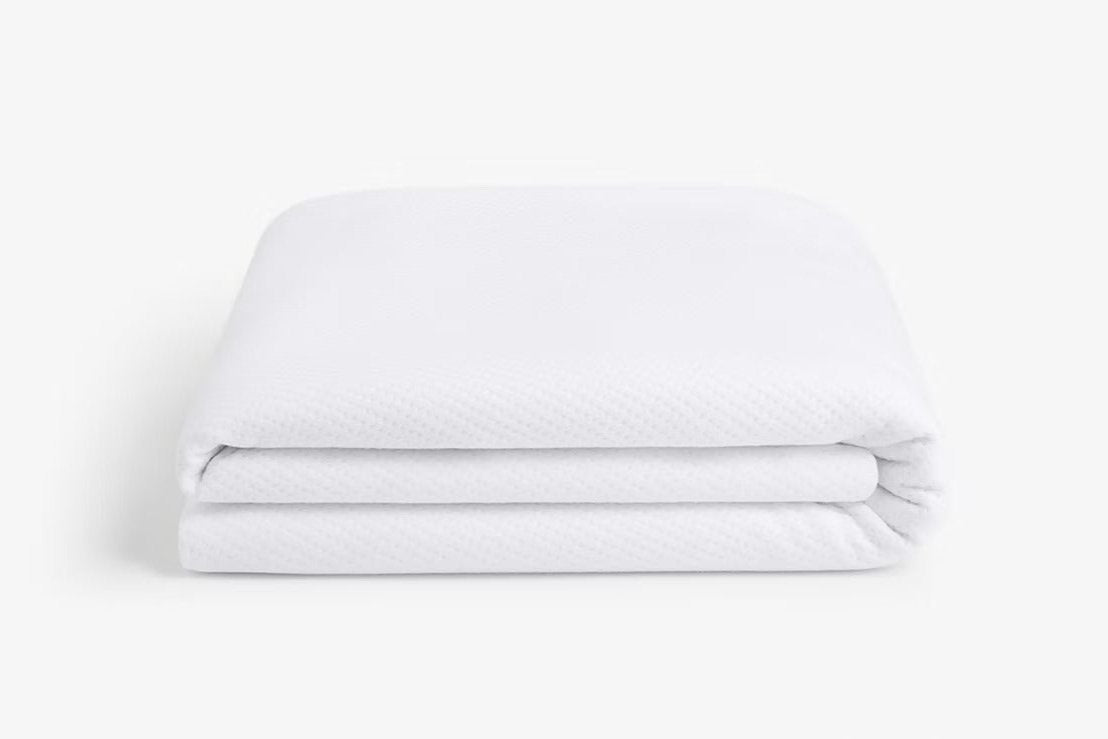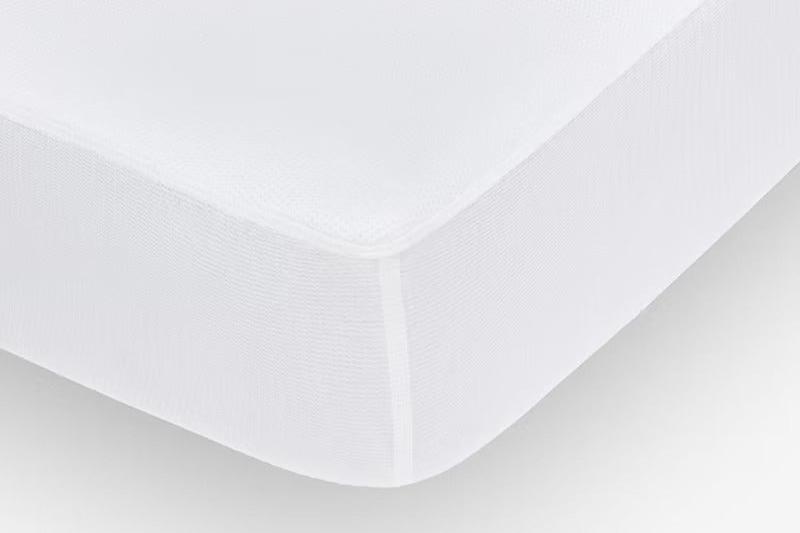Firm, cushiony, pillow-soft, cooling—for every sleeper, there’s an optimal bed surface. And when your current mattress is just shy of that just-right feeling, a mattress topper can make all the difference. But between mattress type options, how do you even choose?
The best type of mattress topper is one that provides cozy comfort and enhances your current sleep setup. Made with bouncy foam and a plush layer, the Casper Foam Mattress Topper will be the best addition to your current mattress.
Our Casper experts are here to help you through the process of how to choose a mattress topper. Between natural and artificial materials, let’s take a look at the main types of mattress toppers.
What is a Mattress Topper?
Yes, there is a difference between mattress toppers, pads, and protectors.1 Whether you’re building a completely new mattress or sprucing up an existing mattress, here’s how each layer contributes to your sleep:
- Mattress topper – A mattress topper is the ultimate tool for fine-tuning your sleeping comfort. Depending on their material and shape, toppers can adjust your firm mattress, the temperature, and bed height. Traditionally, they sit right under your fitted sheet.
- Mattress protector – Thin and durable, mattress protectors directly guard a mattress from potential ruining substances—everything from liquids to a dust mite to dirt. A quality mattress protector, like Casper’s designs, should provide waterproof protection and breathable comfort.
- Mattress pad – Similar to toppers, mattress pads add extra cushion or height to your bed. However, pads are typically thinner and sometimes combine mattress protector benefits (waterproofing, anti-allergen protection) with comfort benefits.
Want the best of both worlds? Combine a mattress topper and protector. Together, these two accessories should provide all the bedding protection and functional comfort you need.
Artificial Mattress Toppers
The word “artificial” can ward off many buyers. But in the case of bedding (and especially mattress toppers), artificial materials often make the most supportive and comforting layers. From memory foam to latex foam, man-made materials can elevate your sleep to new heights.1
Let’s dive into the two main types of artificial mattress topper material.
#1 Memory Foam
It’s not just for mattresses. But what is memory foam? Memory foam, or the body-cradling material made from “viscoelastic” polyurethane,2 is also popular in mattress toppers. For sleepers who only want a taste of this structured material’s support, a memory foam mattress topper might be your best fit.
Pros of memory foam mattress toppers include:
- Physically supportive for anatomical health
- Adds height to your bedding (mostly if it’s a thicker topper)
- Minimal noise, squeaking, bouncing with movement
- Durable over years
Cons of a memory foam mattress topper include:
- Expensive
- Makes changing sleep positions slightly difficult
- Sometimes carries a chemical, plastic odor
- Can trap body heat if zero airflow
#2 Synthetic Latex Foam
Mixing the comfort of memory foam with the airflow of natural fibers, synthetic latex makes for excellent mattress toppers. This affordable yet durable foam can physically support the body without trapping its heat—which is why we choose latex for our Casper mattress topper. The porous, triple-layer design of our latex mattress topper leaves you with a cool yet cozy night’s sleep.
Pros of a synthetic latex foam mattress topper include:
- Excellent physical support for joints and musculature
- Firm yet cushioning feel
- Breathable fiber for temperature regulation
- Prevents squeaking or bouncing with movement
- High durability for long-time mattress protection
Natural Mattress Toppers
For organic lovers or the allergy-prone, natural mattress topper options might fit your needs. Even though natural materials are less impactful, there are some solid pros to choosing them as your mattress topper material.3
#3 Wool
Soft, durable, and antimicrobial, wool mattress toppers add instant coziness to your bed. The wool mattress topper has a comforting texture and provides just enough padding to gently cushion your sleep. For those with sensitive allergies or little support needs, this sheep-based fiber is a fitting option.
Pros of a wool mattress topper include:
- Light and soft cushioning
- Long-lasting (up to 10 years)
- Hypoallergenic and antimicrobial
- Wards off bed bugs and mites
- Regulates body temperature
Cons of a wool mattress topper includes:
- Expensive
- Low number of options
- Minimal physical support or firmness
- Occasionally carry a “natural” or woodsy odor
#4 Feathers or Down
You might have seen a duvet or pillow stuffed with feathers or down (the soft underbelly feathers on geese or ducks). But for a luxurious bedding surface, you can also buy down or a feather mattress topper. This feather topper is like a thinner version of their duvet counterparts, with a plush appearance and oh-so-soft touch.
Pros of feather or down toppers include:
- Ultra-soft texture
- Affordable prices
- Natural airflow for temperature regulation
Cons of feather or down toppers include:
- Less physically supportive than foam or gel
- Larger feathers can poke through cover fabric
- Susceptible to damage or crinkling
- Can trigger allergies in some sleepers
Building Your Dream Bed with Casper
So, what’s the best type of mattress topper? The answer is the one that fits your sleeping needs. If you’re still wondering, “Do I need a mattress topper” our team of experts are happy to assist you.
With our mattress topper guide, you can pick the right few inches of cushioning that make a world of difference on your existing mattress. And for the coziest bed, Casper has premium mattresses and bedding accessories to match. Explore our bed sheets, duvets, and pillow selections for the ultimate blend of comfort and style.
Sources:
- Ullman, M. Pros and Cons of Different Types of Mattress Toppers. https://www.thespruce.com/whats-the-best-mattress-topper-350741
- Noyed, D. What is Memory Foam? https://www.sleepfoundation.org/mattress-information/what-is-memory-foam
- Green, E. How To Choose A Mattress Topper. https://www.nosleeplessnights.com/how-to-choose-a-mattress-topper/







